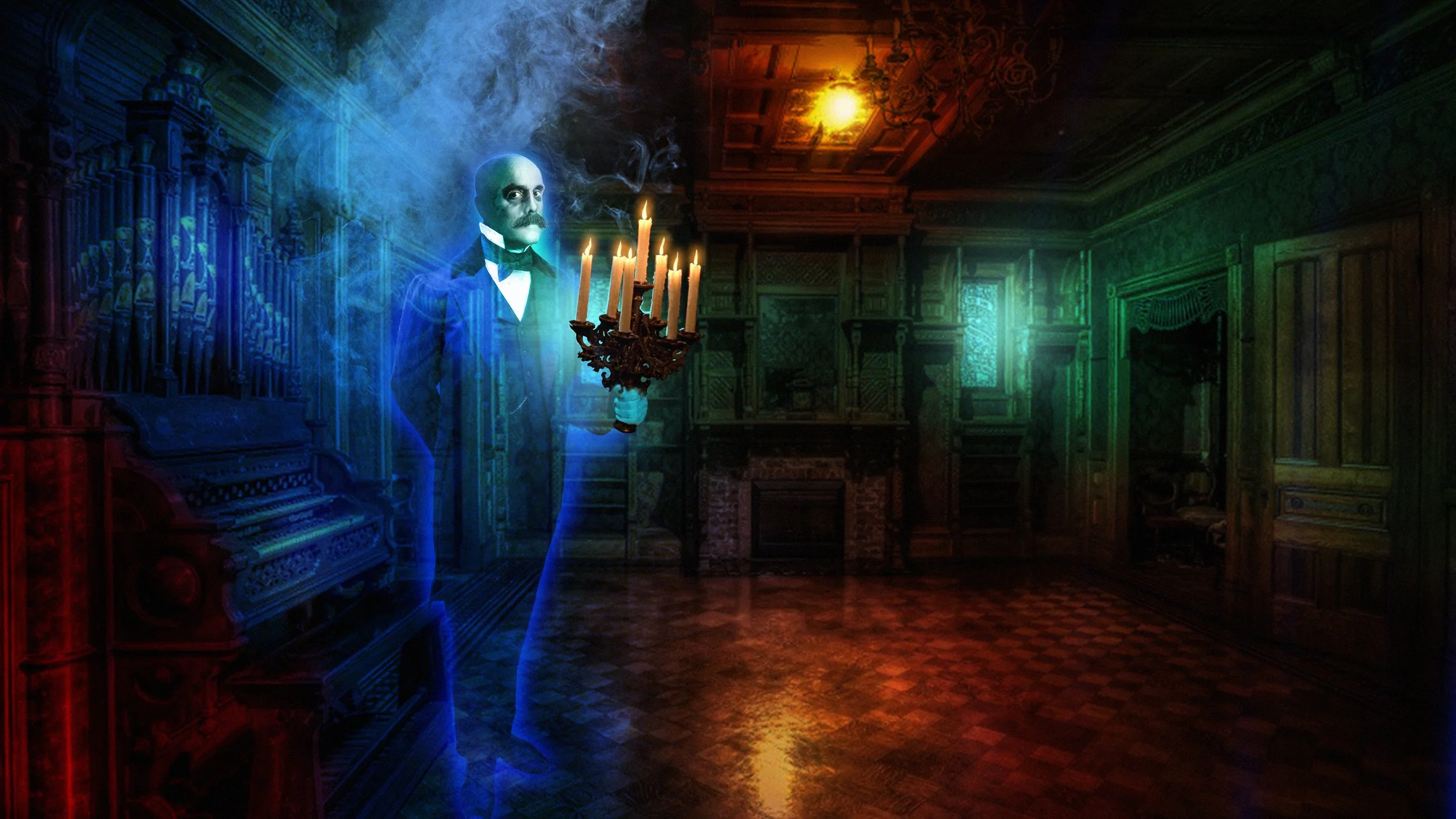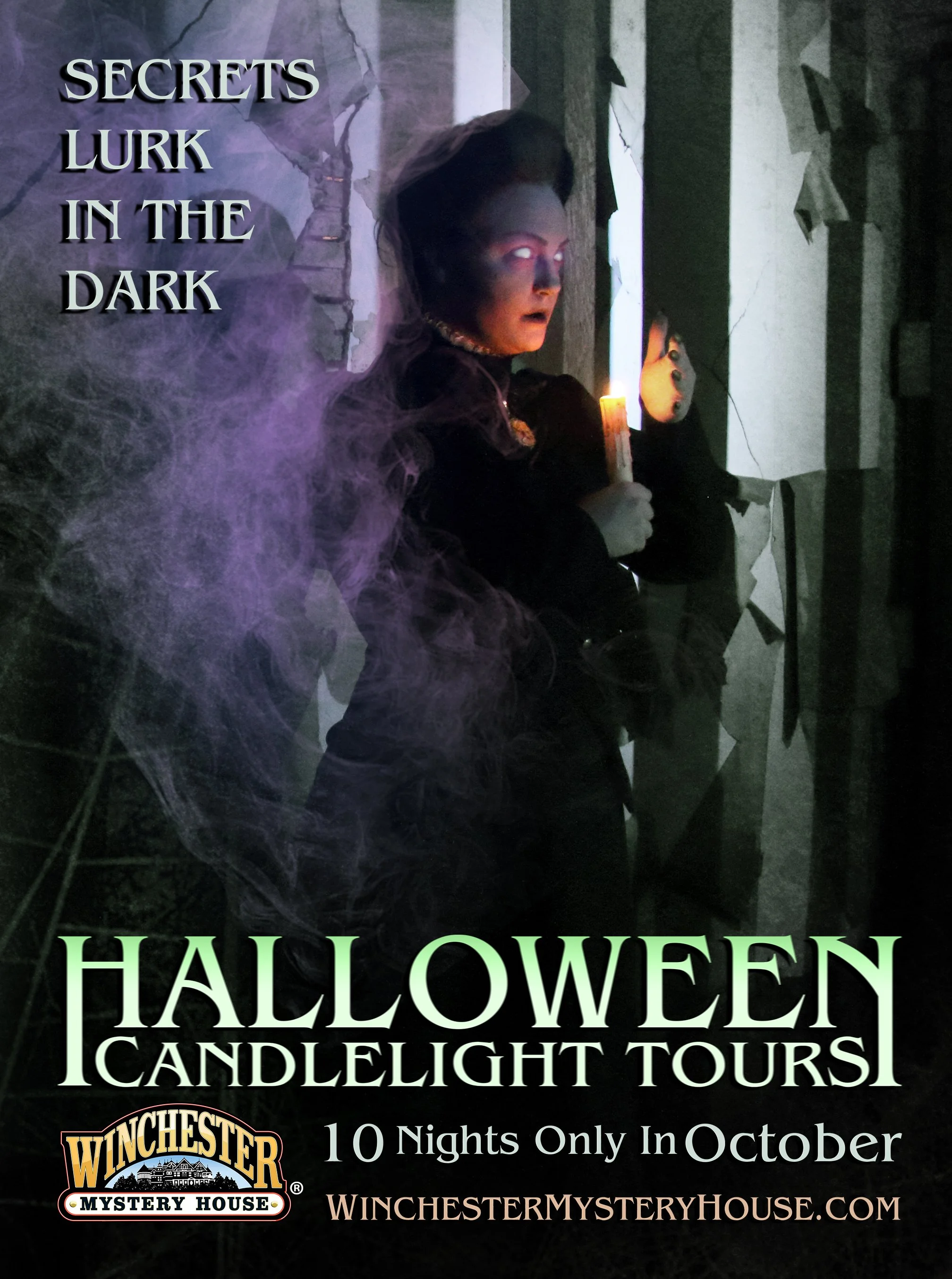Case Study: Winchester Mystery House Hallowe’en Candlelight Tours Marketing and Project Management
One of the greatest action heroes from The A-Team once said, “I love it when a plan comes together.” That sentiment couldn’t be more true when it comes to executing campaigns, managing projects, and delivering memorable brand experiences. Enter the Winchester mystery house hallowe’en candlelight tours.
In the realm of marketing and brand identity, launching a campaign isn’t just about posting and promoting—it's about telling a cohesive, compelling story. When campaigns are anchored in story-driven techniques aligned with brand values, they foster deeper, long-term engagement. I believe each campaign should serve as a chapter, with every department acting as a scene in a greater narrative. This holistic communications strategy ensures a seamless consumer journey that enriches every touchpoint.
At the Winchester Mystery House, we faced the challenge of reinventing the Halloween experience to better align with the brand’s family-friendly yet spooky tone. Collaborating with Creative Director Peter Overstreet, we conceived the Hallowe’en Candlelight Tours—a “theater of the mind” concept where guests navigated dim hallways by candlelight, constantly questioning what they might have seen in the shadows.
From a project management standpoint, this required tightly coordinated timelines and alignment between creative, marketing, and operations. We ensured our marketing messages matched the atmospheric tone of the event. Instead of typical haunted house language, our messaging leaned subtle, elegant, and slightly off-kilter—an intentional strategy to set us apart from competitors relying on gore, chainsaws, and clowns.
Mike Cessario, CEO of Liquid Death, once said in his Masterclass, “Confusion can be very powerful because when they’re confused, they stop.” We used this principle to stand out. By creating an air of mystery, we encouraged curiosity and deeper engagement.
PHoto courtesy of Albert lam, westcoaster.net
Our promotional efforts kicked off with Midsummer Scream—the largest Halloween convention in the U.S. We flew our leadership team to Long Beach for a dedicated panel presentation where We shared the lore behind what we were conjuring (among a few other key activations), which tied into Sarah Winchester’s story. emphasizing authenticity and respect for the existing mythology, this strategic outreach helped us earn trust and brand loyalty from one of the most discerning audiences in the Halloween community.
Following the convention, we maintained consistent messaging across all marketing channels. Whether guests encountered a radio ad, social media post, or OTT ad, the tone and voice were unified. Each platform revealed a different piece of the story, encouraging audiences to follow the mystery and dive deeper into the experience.
On property, we extended the brand identity into every aspect of the guest journey. Staff—known as “Caretakers”—were empowered to develop their own characters as lost souls serving Sarah Winchester. This level of employee engagement fostered camaraderie and elevated the guest experience. Feedback confirmed that visitors noticed and appreciated the storytelling even in gift shops, our concessions, and custodial staff interactions.
Everything from signature cocktails like the “Gunslinger” (a whiskey-based drink referencing the lost souls tied to the Winchester rifle legacy) to merchandise was crafted with narrative consistency in mind. These small, intentional brand touches add up to meaningful differentiation that led to a 2x quarterly increase in gift shop sales.
This experience underscored a vital lesson: marketing being involved from the beginning and not brought in later delivered a more enriched, intentional campaign. I learned that This cross-functional collaboration became the bedrock for executing one of Winchester’s most successful seasonal activations to date. Additionally, who you work with matters. The team involved in this project was so well balanced with skills and communication that rarely did a problem come up that couldn’t be solved quickly and effectively.
Additionally, to cross-functionally manage the project while simultaneously managing the content development meant that relying on the collaborative efforts of our team allowed me to schedule the scenic and show installations in such a way that brought every department together the night each scene was completed. Due to complexities of the effects, we started with our show stopping elements first pad for time if an effect needed longer testing. as the project progressed, smaller scenes could be plugged in quickly and captured as it happened.
In conversation with Peter, I successfully leveraged the idea that as scenes were finished being installed, the operations team could test effects and lights/sound, while tours could practice their character development in each room. as all of this happened, I could have everyone in the same room getting what they needed for their departments done, while I captured what I needed for marketing. It was a bit of a juggle logistically, but ultimately successful due to clean timelines and well communicated calendar invites.
to close, It was my first time managing both project timelines and leading marketing efforts simultaneously. Clear communication, deadline tracking, and structured check-ins were essential. By understanding each department’s daily needs and finding opportunities to delegate or streamline tasks, I earned valuable buy-in from stakeholders—ultimately making the process smoother for everyone.
The results? Three consecutive sold-out years, with new narratives introduced annually that built upon our original concept. It was a masterclass in strategic storytelling, integrated marketing, and thoughtful project execution—and it fundamentally shaped how I approach cross-functional work today to achieve my marketing goals.








